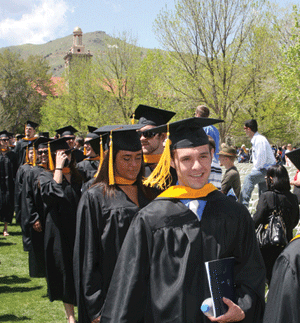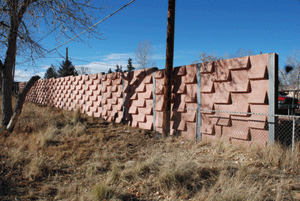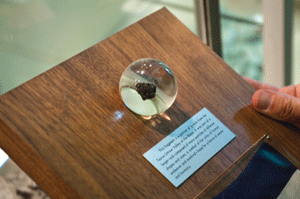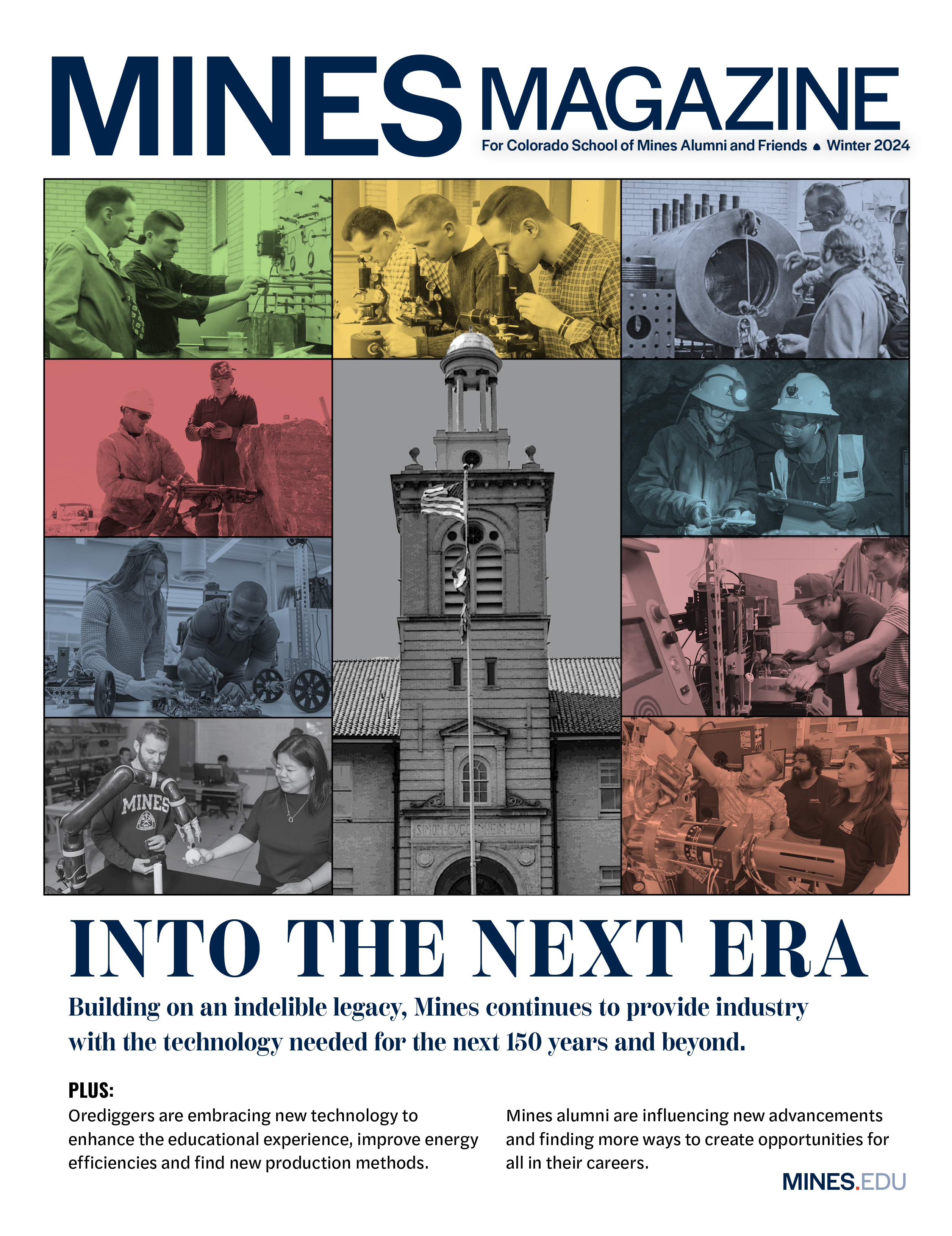Building leaders
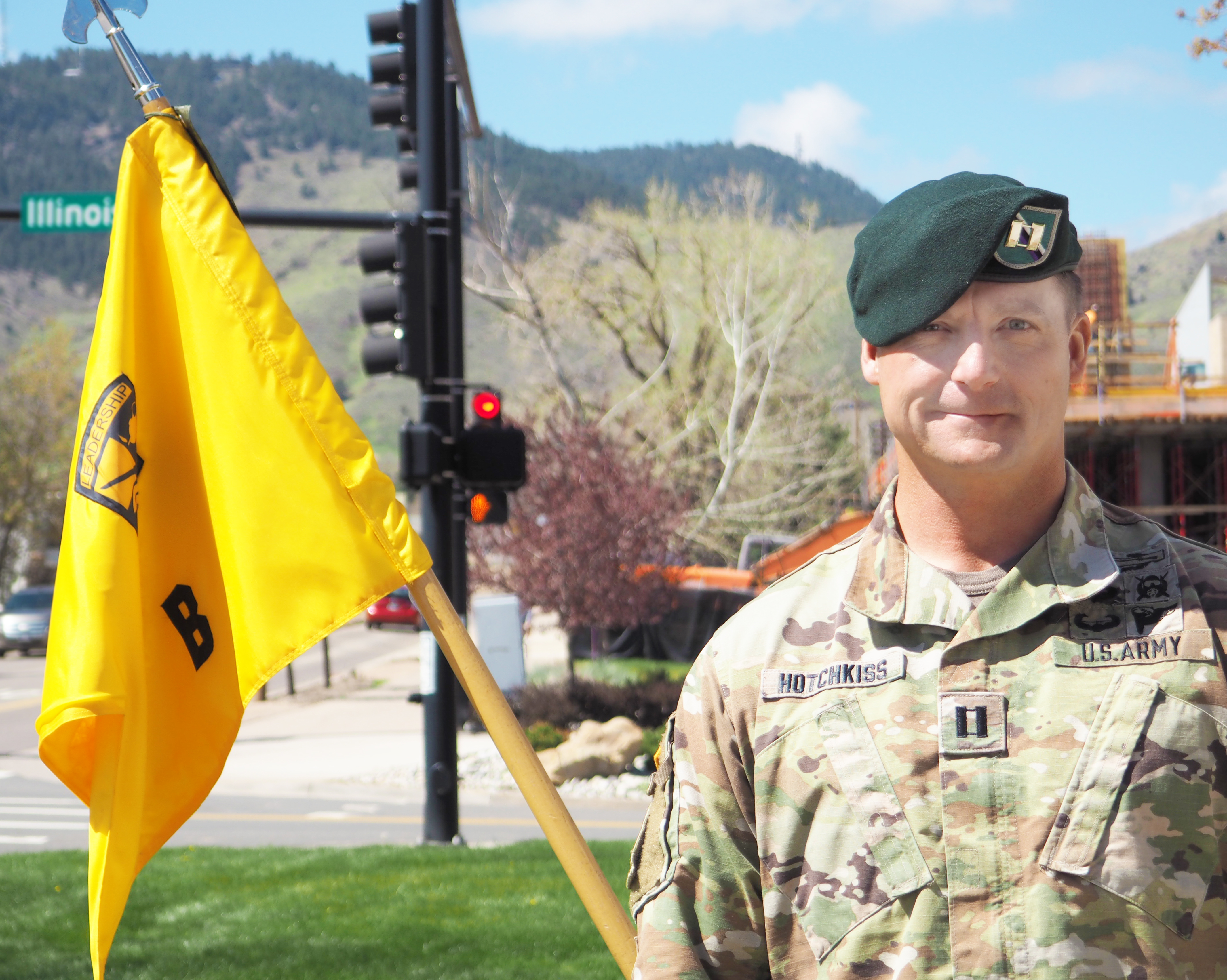
Mines Magazine is kicking off a new series about Mines’ military connections. We sat down with Capt. Brian Hotchkiss, ROTC department head, to talk about the value of ROTC at Mines and what the future holds for cadets.
What do you like about being at Mines?
I like the size of the campus, and Dan Fox [vice president and dean of students] and President Johnson really make us feel like part of the team. In general, pretty much everybody in the United States supports the military, but this place feels special. It’s still shocking when people say, “Thank you for your service.” There are not too many jobs where that happens.
How is ROTC structured today, and how has it changed over the years?
When it was mandatory, ROTC could be as difficult as they wanted to make it. Cadets probably had to endure a lot more. Now it’s a volunteer force—a volunteer army. We are looking for people who are really good at what they do and are a value added to the force. We have some criteria that need to be met, but in general, we try to develop their skills.
We take the first semester and assess the cadets. They have to do a physical fitness test, and they’re responsible for accurately diagramming their degree plan all the way out to graduation. After their freshman year, cadets become an MSII—military science, level two. Between their third and fourth year, they’ll go to advance camp in Fort Knox, Kentucky, where they’re evaluated on leadership and small unit tactics and some physical events. Then they’re in MSIV, their fourth year. They then spend their last semester as an engineer and have an independent study with me. After that, they commission.
What does the future of Mines ROTC look like?
We’re working on designing a trailer that accommodates the 3,000 pounds of equipment that’s required for the new fitness test the Army now requires. There are a couple of prototypes out there right now that people have been working on, but I think if anybody can engineer it, it’ll be us. We’re going to come up with a multiuse trailer that stores the equipment, and it’ll be more effective to have a mobile unit that can be shared across many units.
Something a little further down the road is developing an air rifle competition team. Marksmanship used to be a big, competitive thing at Mines, and I’d like to bring that back.
I also want to start a professional discussion series with people who are either successful in their civilian career and can connect that to the cadets or people who can speak to how to move forward and be successful in the military and how ROTC helped them. I’m trying to get people who will influence these cadets. It really reinforces the things we teach them.
What is it like to carry on the legacy of Mines ROTC alumni?
We’re very proud of the history of the previous Mines cadets and officers. It’s a pretty rich and strong history. I think every army unit is really tied into their past, and that develops pride. I can see there’s a lot here—a lot of history, a lot of things to be proud of. We definitely appreciate alumni support and look forward to more involvement.
If you would like to share your ROTC or military stories and experiences with Mines ROTC, contact Fran Aguilar at [email protected].

